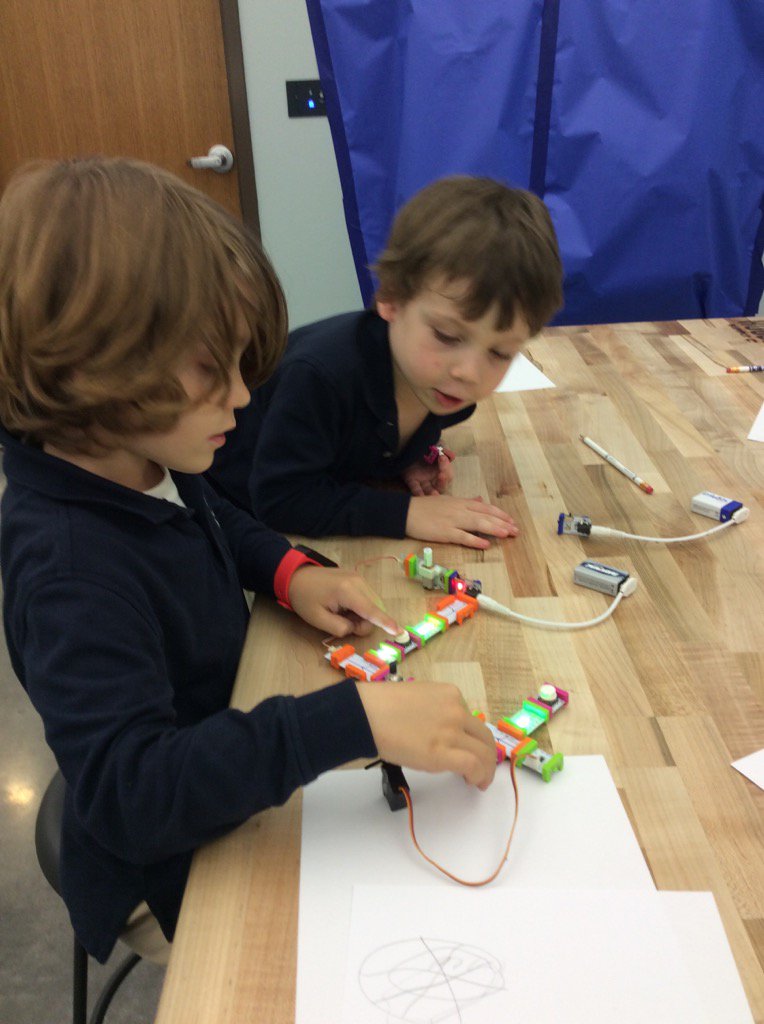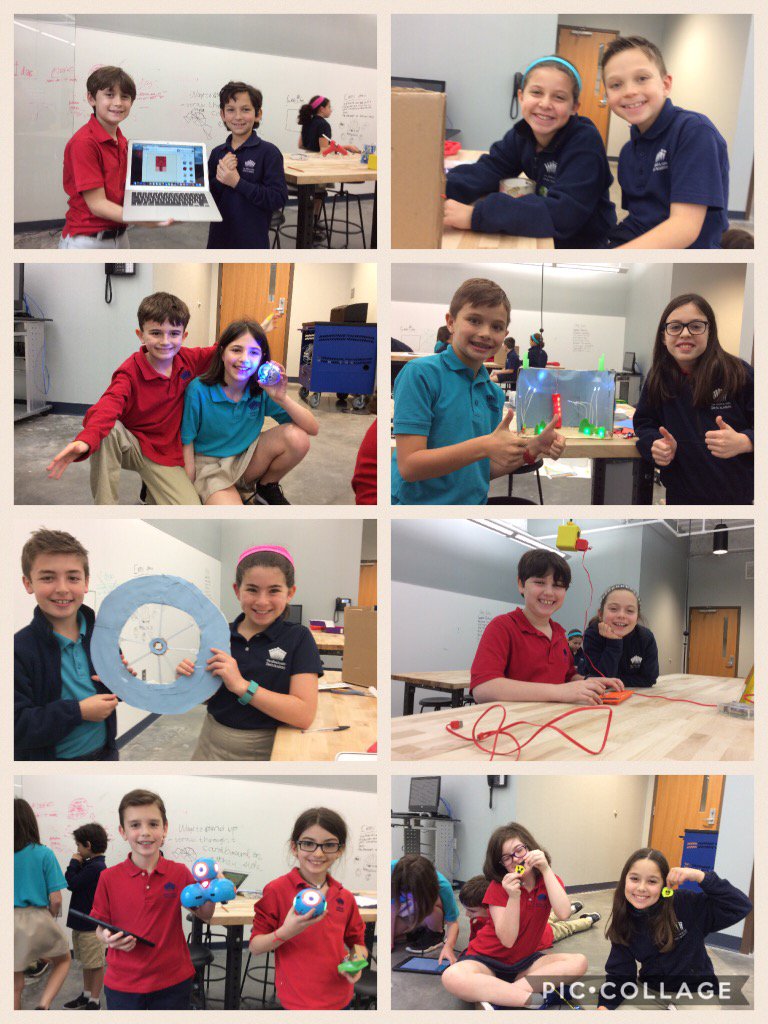
A core part of my role as 21st Century Learning Coordinator is to share: Share new tools, share ideas, share connections to others doing great things, share learning spaces, share books, share technology, and of course, share time. We live in a culture of sharing. In the spirit of Oprah's favorite things, if I am to share my favorite things, it's quite a list. When it comes to learning and technology tools, I can narrow them down to just a few, although my big list is quite long. Since you are sharing your time with me, I'll share my my short list:
- littleBits- I simply love them. They make engineering and technology accessible to all. Check out our own littleBits page: https://littlebits.cc/inventor-clubs/lion-littlebits
- Hummingbird Robotics- Even with the invention of so many similar products, I still love the good ol' Hummingbird kit. It comes with a microcomputer, LED lights, sensors, motors, and servos to allow the perfect combination of building something unique from scratch and then incorporating the technological components. The learning curve is large and the process is rewarding with this tool.
- The Library- Whether it's our school library or my public library, the library has it all. When I need to explore a new topic or dig deeper into something I seek to understand, it's the books and journals I value so much along with the unlimited access to online information. There's no place like the library.
- Colleagues- Lately, I've been doing a lot of collaborative lesson planning and there is definitely something special in how the lesson evolves into something great when more minds are involved. We all bring our own creative experiences to the process. Our unique experiences and ideas makes a mixture full of magic, which adds more energy and passion to the process.
To share is to give but it is also to receive. We receive the satisfaction of knowing we took part in something bigger than ourselves. We receive the good feeling of being able to help others and find satisfaction in that feeling. Discovering new technology and/or learning tools and learning new ways to use the old keeps learning and teaching interesting. I look forward to more of the same in 2018.






